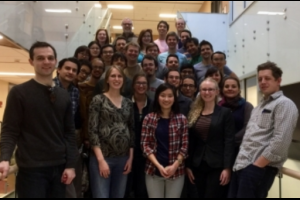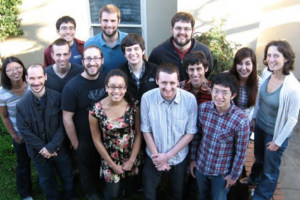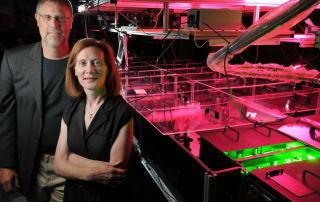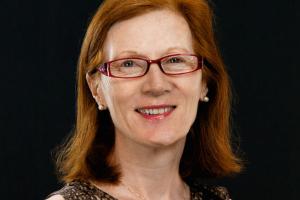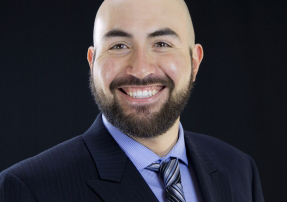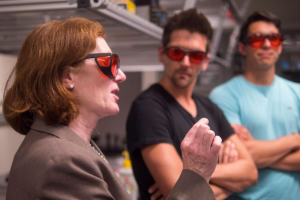AEROSPACE: Colorado Industry Cluster Profile
CU Boulder and Fort Lewis College were two of six colleges to receive part of a $24 million NSF imaging science grant. The schools will launch the Science and Technology Center on Real-Time Functional Imaging center (STROBE), which will be headquartered at CU Boulder. The center is designed to tackle major scientific challenges that have the potential to transform imaging science and technology through integrated advanced imaging methods using electrons, X-rays, and super-resolution microscopy.

